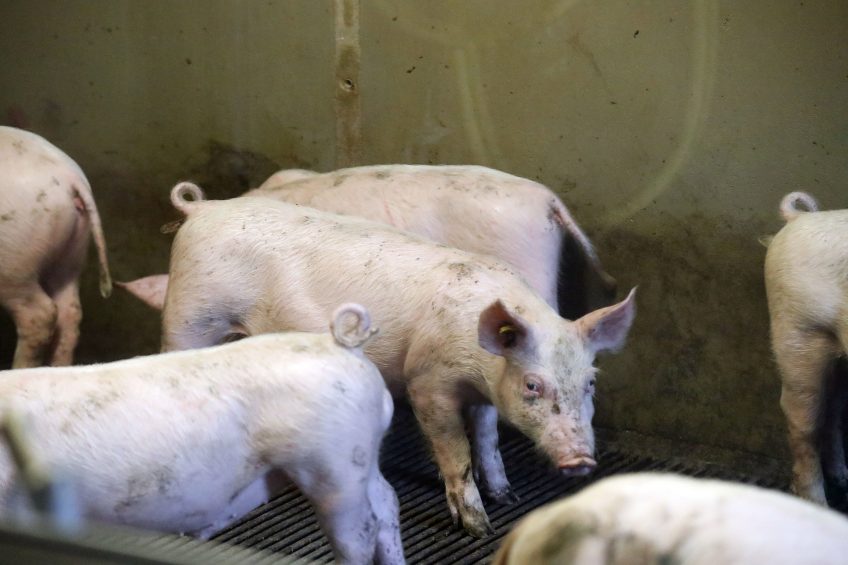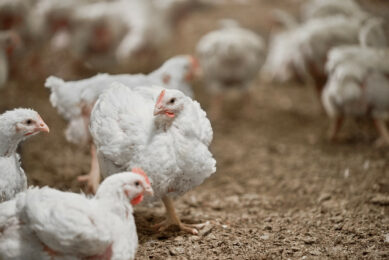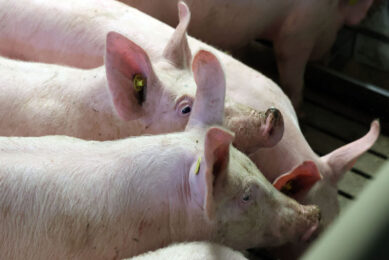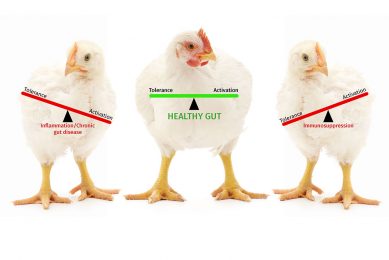Dietary calcium – how to use it?

In her last column on behalf of AB Vista, pig nutrition technology expert Casey Bradley wonders if it is possible to find the ideal inclusion rate of calcium in pig diets. She notes that there is a mixed bag of formulation approaches.
This month’s column is bittersweet, as I’m leaving AB Vista to start the next adventure in my life. I’ve thoroughly enjoyed these last 4 years and learned more about enzymes then I ever thought possible, so I thought I’d leave you with some personal insights around the art of formulating with phytase.
Maximising nutrition utilisation by pigs
For starters, advances in enzyme screening, production technologies and both in vitro and in vivo procedures have enabled phytases to be developed that are far superior to past generations. We also now better understand how to optimise phytase usage to maximise nutrition utilisation by the animal.
But that science isn’t always getting translated into commercial diet formulation.
Using phytase aggressively
About 4 years ago, I was considered an aggressive phytase user because I formulated with a 0.15% available phosphorus (avP) release value. Yet the data and practical evidence I’ve seen since then means I’ll happily formulate with even higher values in appropriate diets when dietary phytate levels are high, and also take matrix values for both amino acids and energy.
Not worth the extra effort? How does US$4-5/tonne of feed sound? It’s equivalent to around US$1.30/pig!
A mixed bag of formulation approaches
However, one important area where we still lack clarity is around calcium (Ca), and at present there’s a truly mixed bag of formulation approaches. Some nutritionists take a Ca matrix value with phytase and some don’t. Some formulate using a total Ca to total phosphorus (P) ratio, yet there’s increasing evidence to support using digestible Ca to digestible P.
Unfortunately, the research to clarify these issues is time consuming and incomplete for all common feedstuffs… as Dr Hans Stein likes to remind me from time to time!
Reducing calcium levels – but how much?
One of the challenges is that Ca gets added to the diet in a number different ways, not all of them obvious. The limestone often used as a filler or flow agent in certain feed ingredients, for example, isn’t always accounted for when nutritionists formulate diets. But when we add phytase, up to 80% of that bound Ca can be released and made available to the animal. The only way to counter the resulting excess of Ca, and the potential negative impact on growth performance and feed efficiency, is to reduce dietary Ca levels. But by how much?
Well, we don’t yet have all the answers. The ultimate solution will be to formulate on the basis of digestible Ca requirements and supply, but until then we can at least start by utilising the Ca matrix value for phytases.
A future for formulating with phytases
In fact, I’ll suggest a future for formulating with phytases – and other enzymes – that encompasses more than just P, Ca, amino acids and energy, but includes other key minerals and nutrients.
Finally, it’s been an absolute pleasure writing on behalf of AB Vista. Nevertheless, I will not leave you completely as you’ll continue to read more from me again soon.











